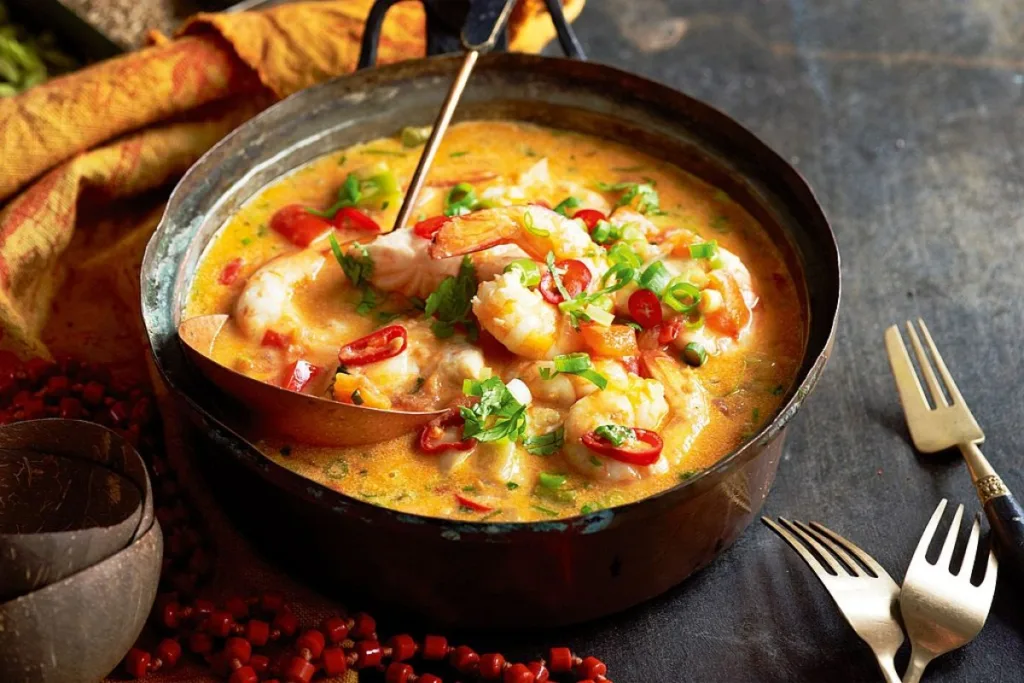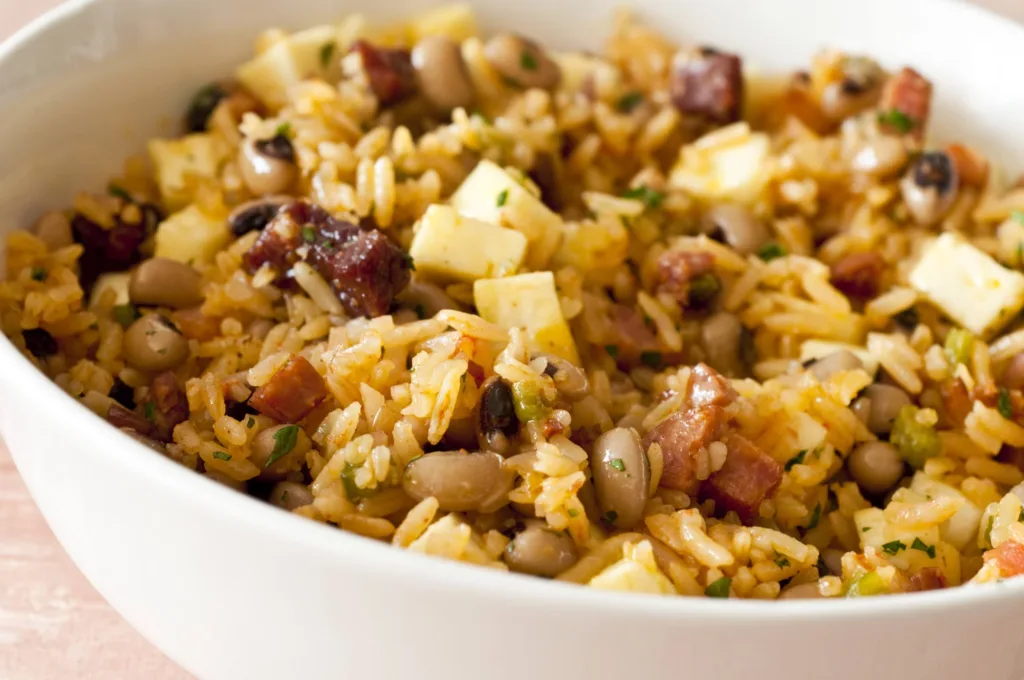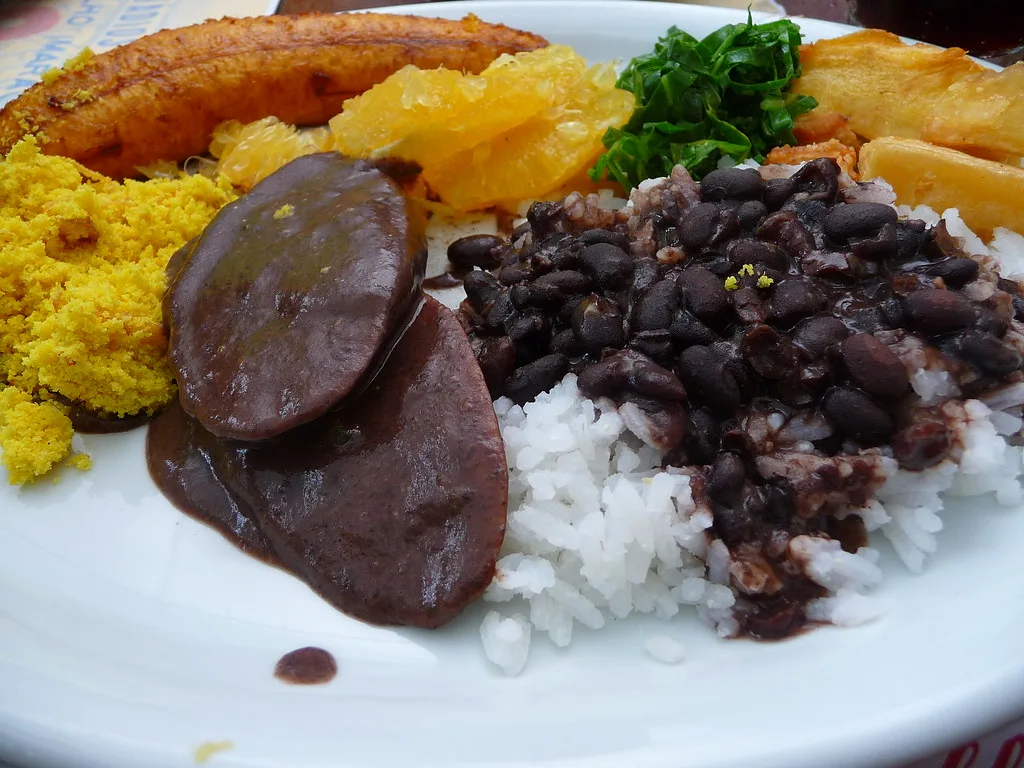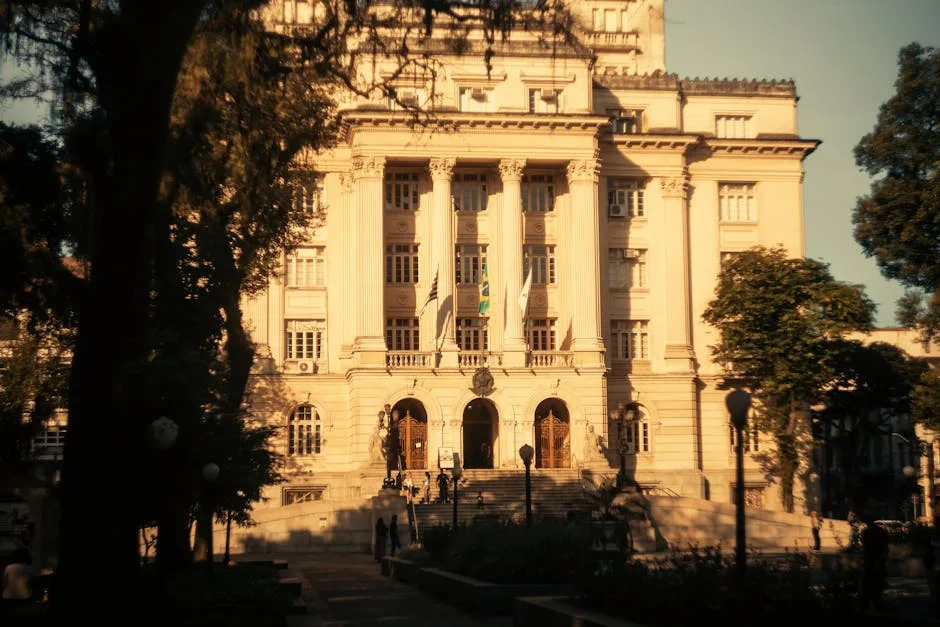The Culinary Delights of Northeast Brazil: A Journey Through Flavor and Tradition
The Northeast region of Brazil is a tapestry of vibrant cultures, breathtaking landscapes, and, notably, an extraordinary culinary heritage. This region, encompassing states like Bahia, Pernambuco, and Ceará, offers a gastronomic experience that is as diverse as its people. This article explores the traditional foods that define Northeast Brazil, offering a window into its rich flavors and culinary customs.
The Influence of History and Culture
Northeastern Brazilian cuisine is a blend of indigenous, African, and Portuguese influences, each adding unique ingredients and methods to the culinary landscape. The African influence is particularly strong in states like Bahia, where African slaves brought their cooking techniques and flavors, infusing the local cuisine with ingredients like palm oil (dendê) and coconut milk.
Staple Ingredients
The staples of Northeastern cuisine include cassava (manioc), beans, corn, rice, seafood, and an array of tropical fruits. Dendê oil, a rich, red palm oil, is a distinctive ingredient, especially in Bahian cooking, imparting a unique flavor and color to dishes.
Iconic Dishes
Moqueca

A symbol of Bahian cuisine, moqueca is a fragrant fish or seafood stew. It’s slowly cooked with tomatoes, onions, garlic, coriander, and coconut milk, often finished with dendê oil. The dish encapsulates the coastal essence and the African influence in the region.
Acarajé

Acarajé, a street food marvel, is a deep-fried ball made from black-eyed peas, served split open and stuffed with vatapá (a creamy paste made from shrimp, bread, ground peanuts, and palm oil) and caruru (a dish made from okra, onion, shrimp, toasted nuts, and palm oil).
Tapioca

A versatile ingredient, tapioca is made from cassava and used in both savory and sweet dishes. Tapioca crepes are a popular snack, filled with a variety of ingredients, from cheese to chocolate.
Carne de Sol

Carne de Sol, or sun-dried meat, is a traditional method of preserving meat by salting and drying it in the sun. It’s often served grilled or fried with green beans and farofa (toasted cassava flour).
Baião de Dois

This hearty dish combines rice and beans cooked together with cheese, sausage, and other ingredients. It’s a comforting, simple meal that epitomizes the resourcefulness of Northeastern cuisine.
Seafood Specialties

The coastline of Northeast Brazil provides a bounty of seafood, which is central to many regional dishes. Apart from moqueca, dishes like peixada (fish stew) and crustacean-based recipes are commonplace, often flavored with coconut milk and fresh herbs.
Sweets and Desserts
Northeast Brazil’s desserts often feature tropical fruits, sugar, and dairy. One cannot miss cocada (coconut sweet), bolo de rolo (rolled cake with guava paste), and tapioca puddings. Quindim, a glossy, yellow dessert made from egg yolks, sugar, and coconut, is a Portuguese-influenced delicacy.
Beverages
Cachaça, a Brazilian spirit made from sugarcane, is popular here. Fruit juices and smoothies made from tropical fruits like acerola, caju (cashew fruit), and guava are also common.
Festive Foods
Festivals and religious celebrations in the Northeast feature special dishes. During Candomblé religious ceremonies, foods like acarajé have a sacred significance. Junina Festivals celebrate the harvest with corn-based dishes like canjica and pamonha.
The Social Aspect of Food

In Northeast Brazil, meals are a social affair, often shared with family and friends. Street food also plays a significant role, with vendors offering a taste of the region’s culinary diversity.
Conclusion
Northeast Brazil’s cuisine is a vibrant mosaic, reflecting its history, culture, and the bounty of its natural resources. From the hearty stews of Bahia to the sweet treats influenced by Portuguese desserts, the food here is a testament to the region’s rich culinary heritage. Whether savoring a moqueca by the beach or enjoying a tapioca crepe from a street vendor, each bite tells a story of tradition, resilience, and communal spirit.
This journey through Northeast Brazil’s culinary landscape reveals how food is more than sustenance; it’s a celebration of life and a bridge connecting the past with the present.





